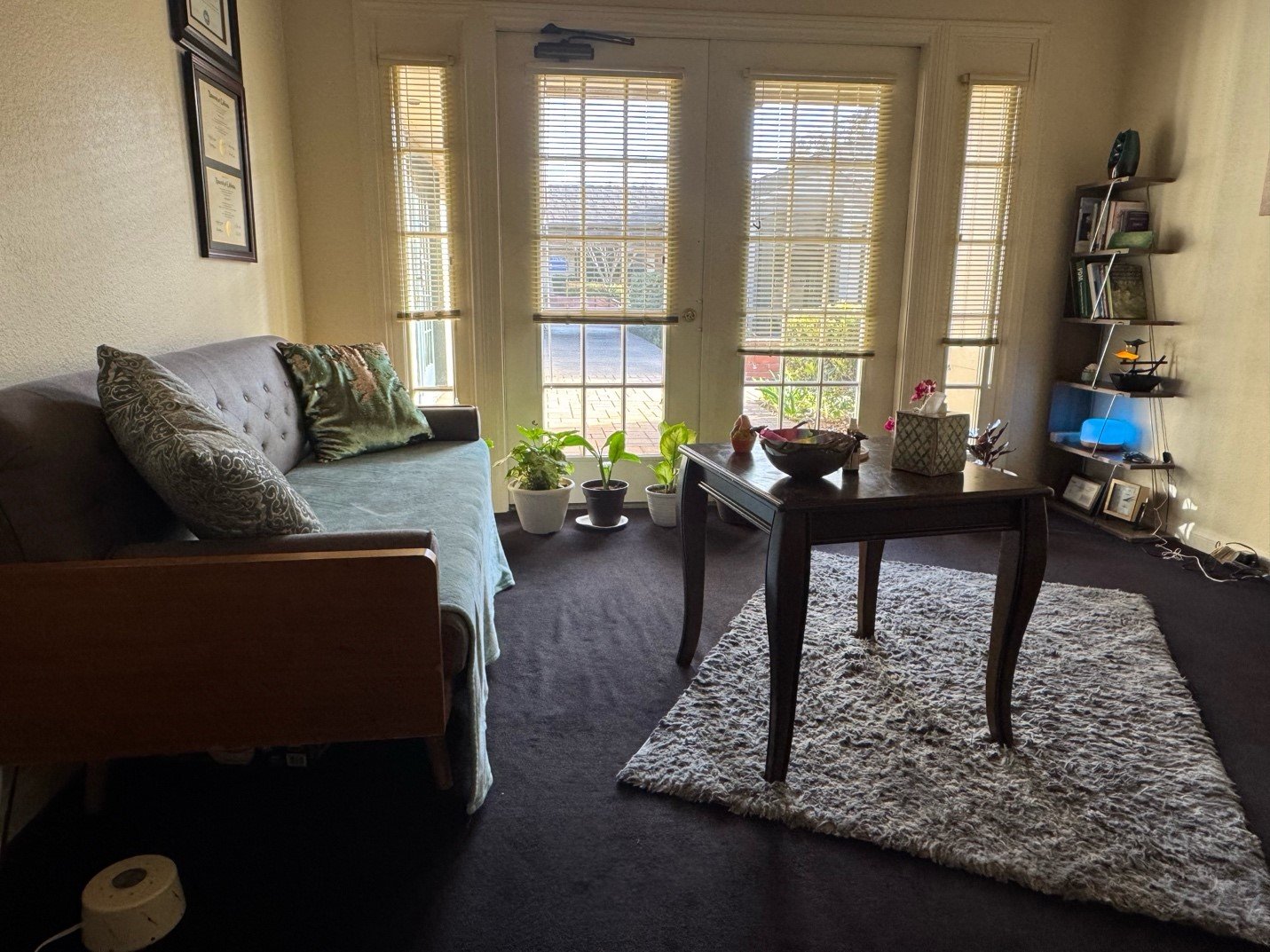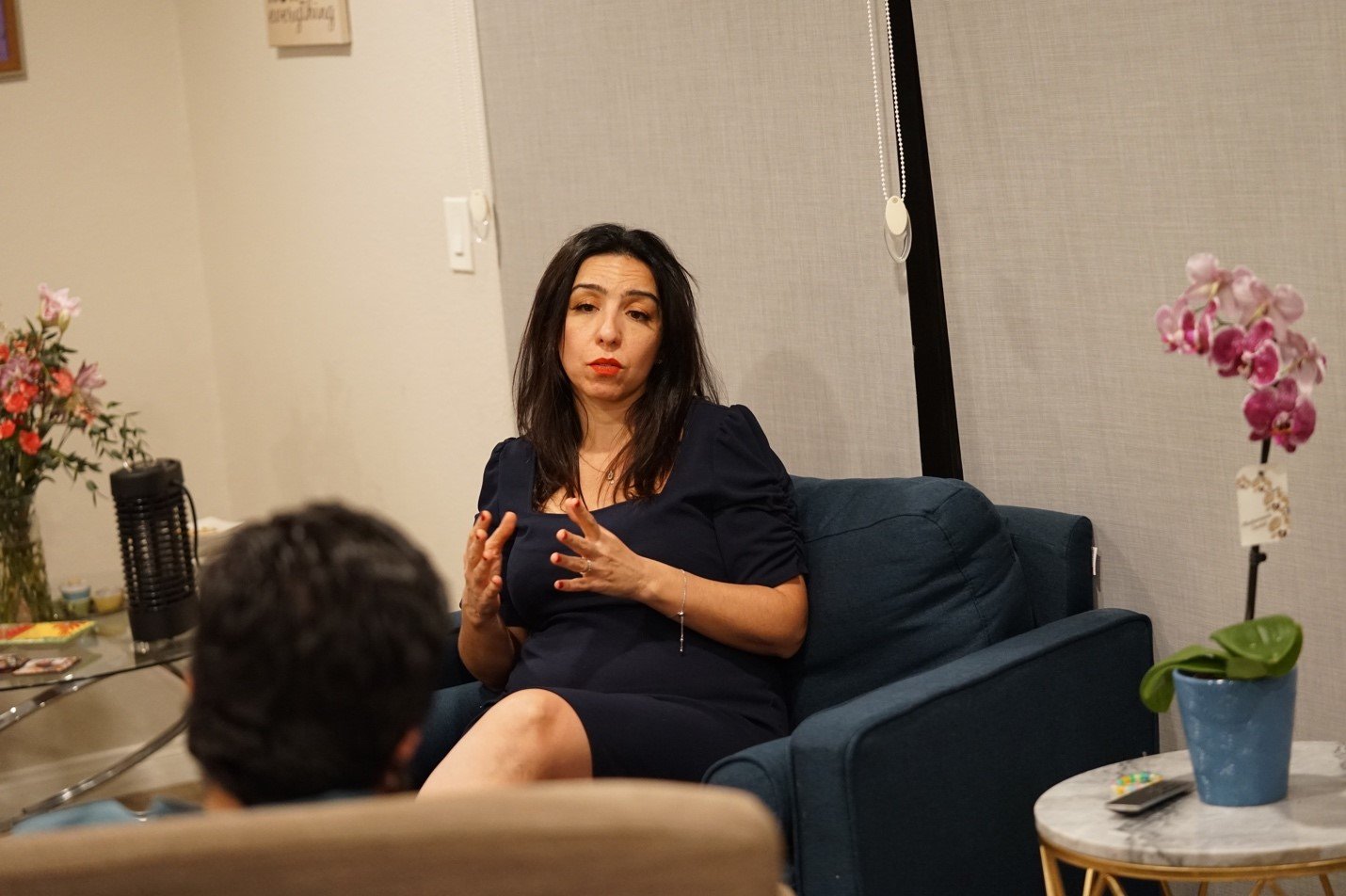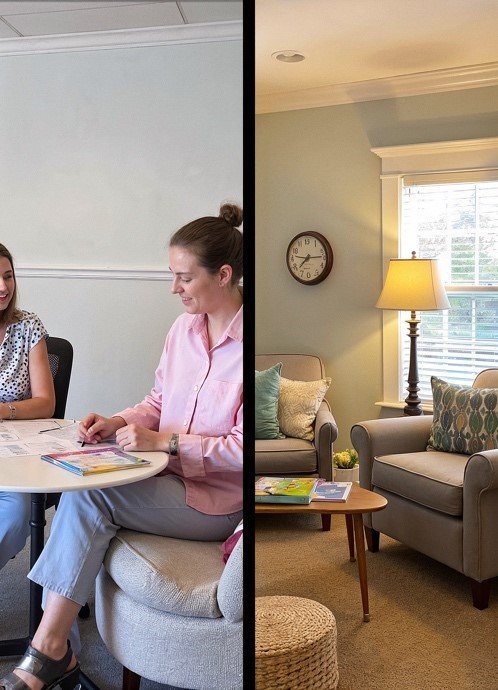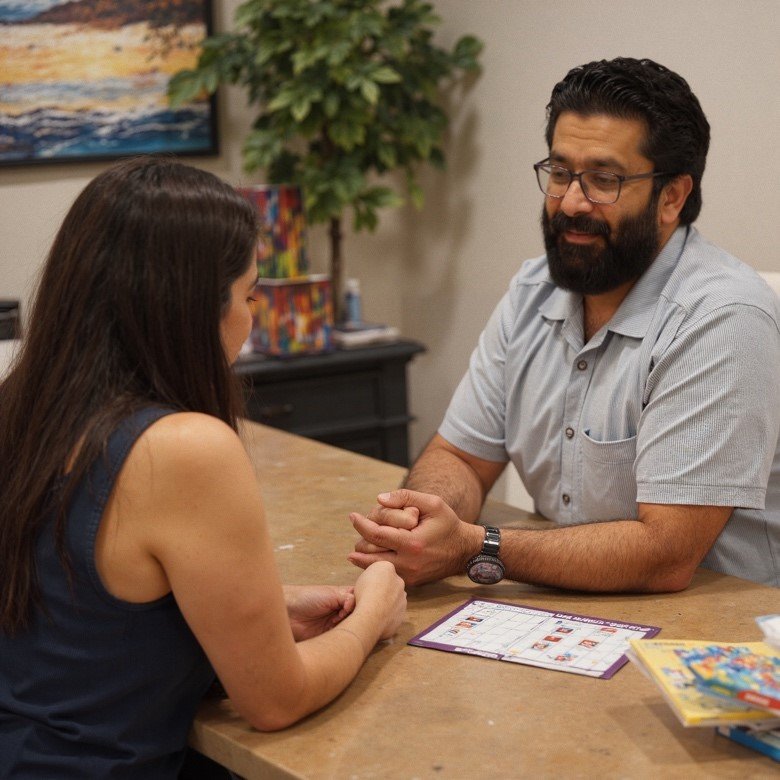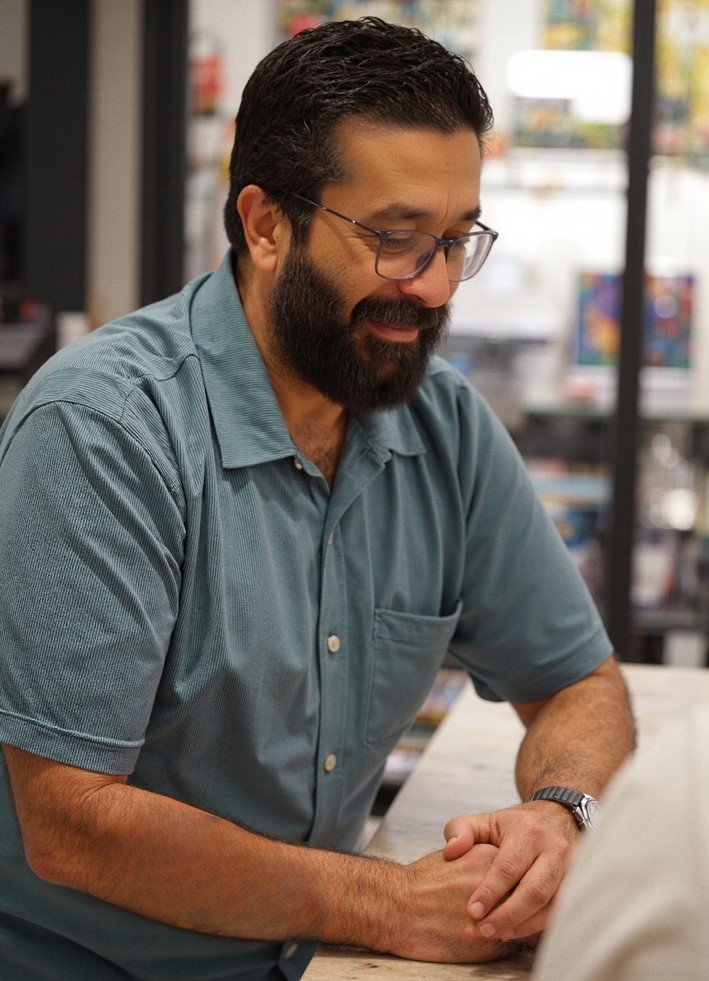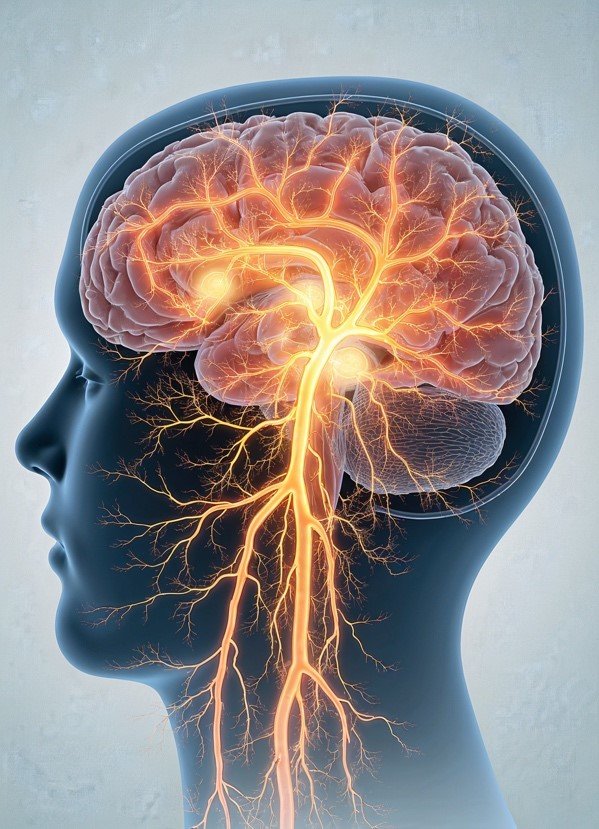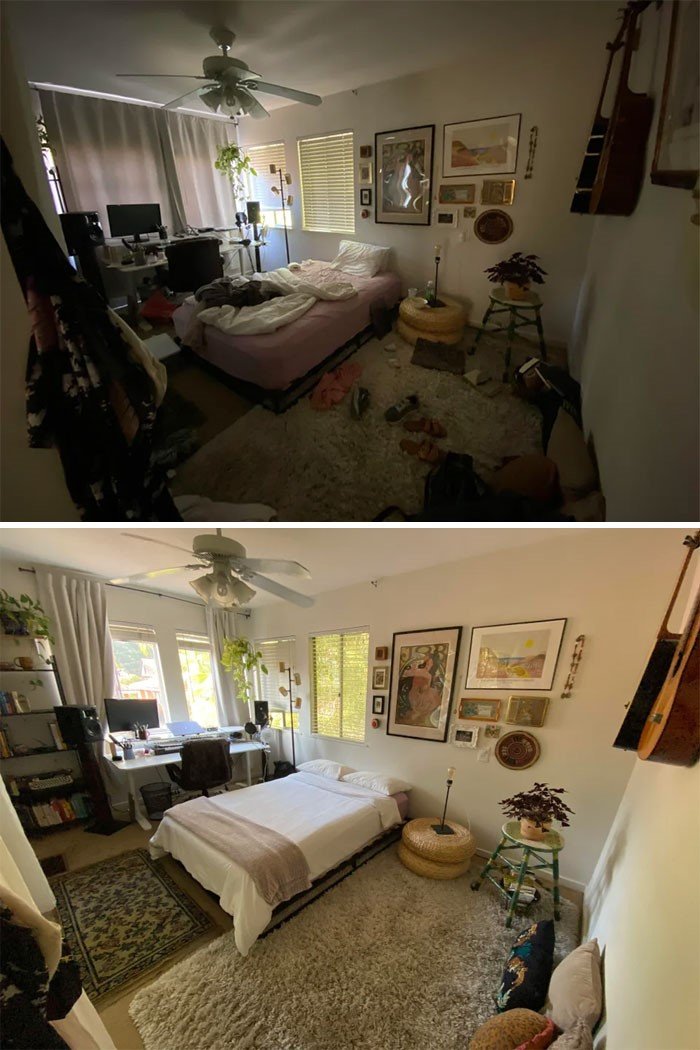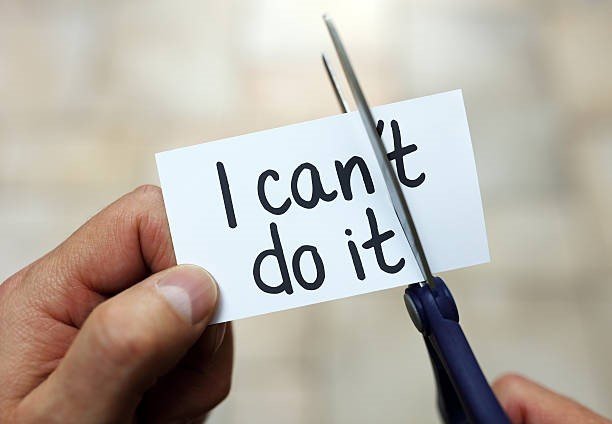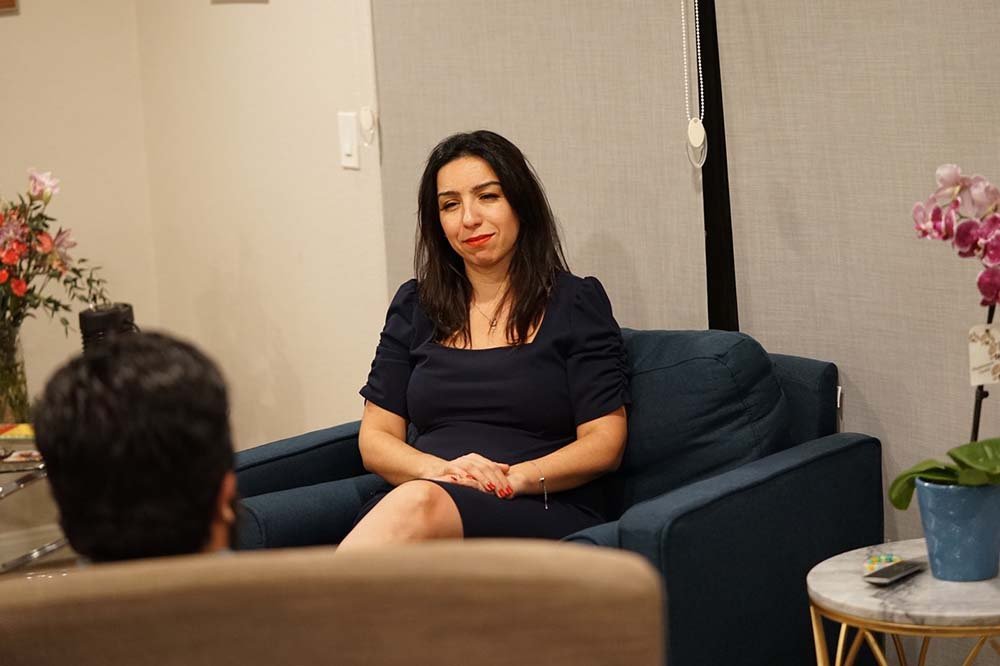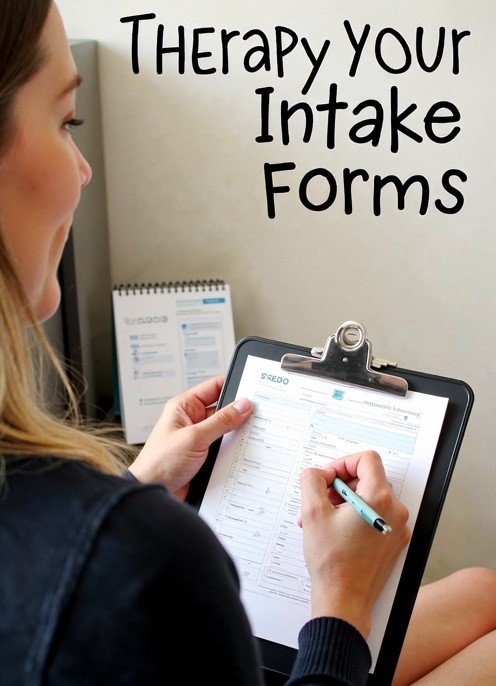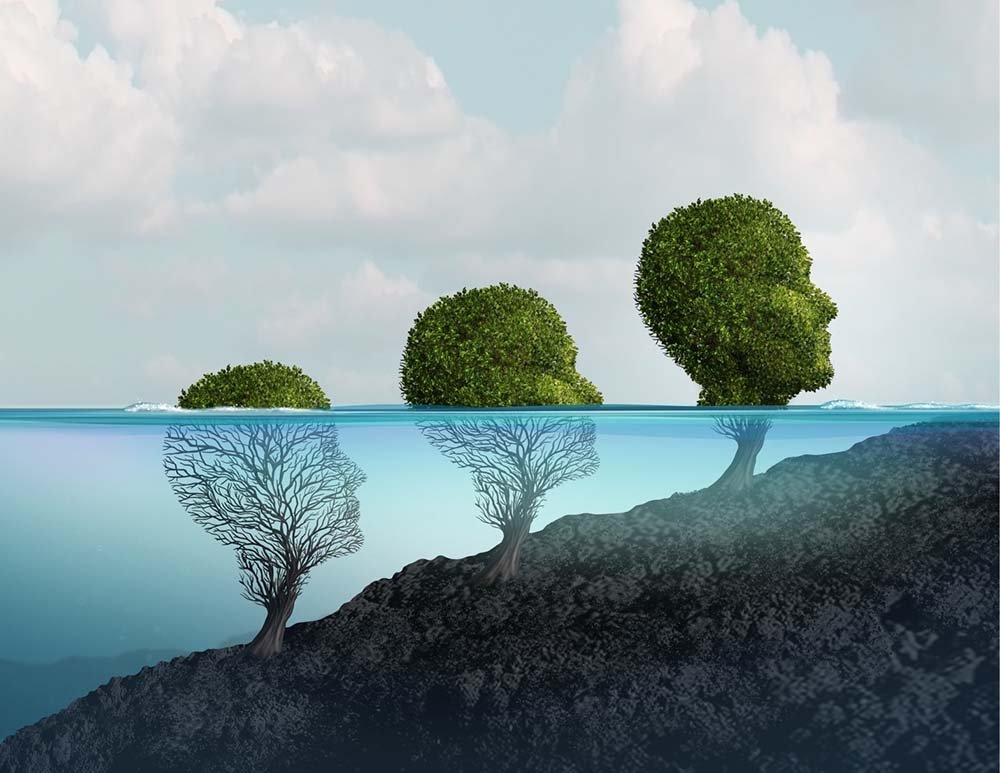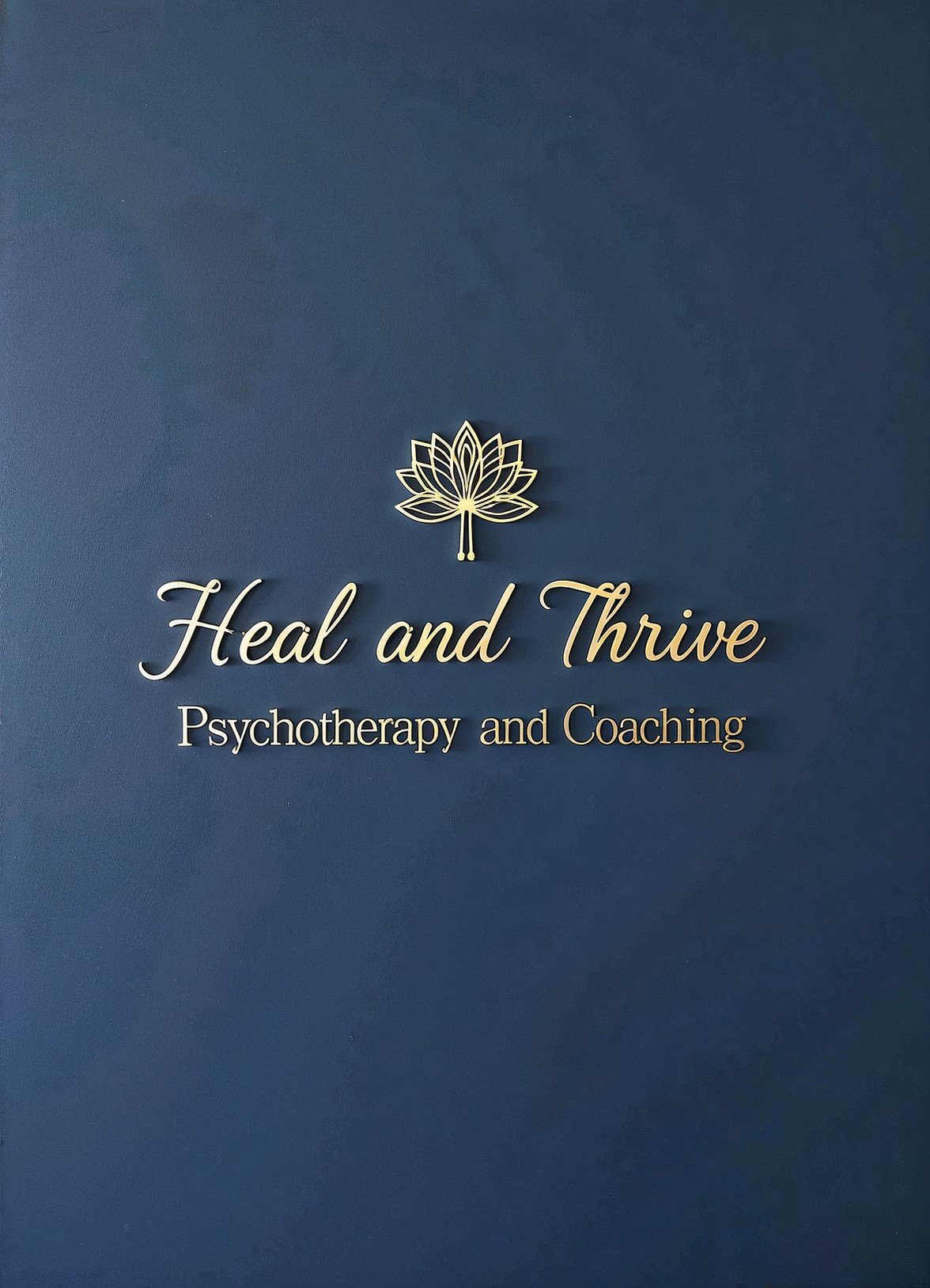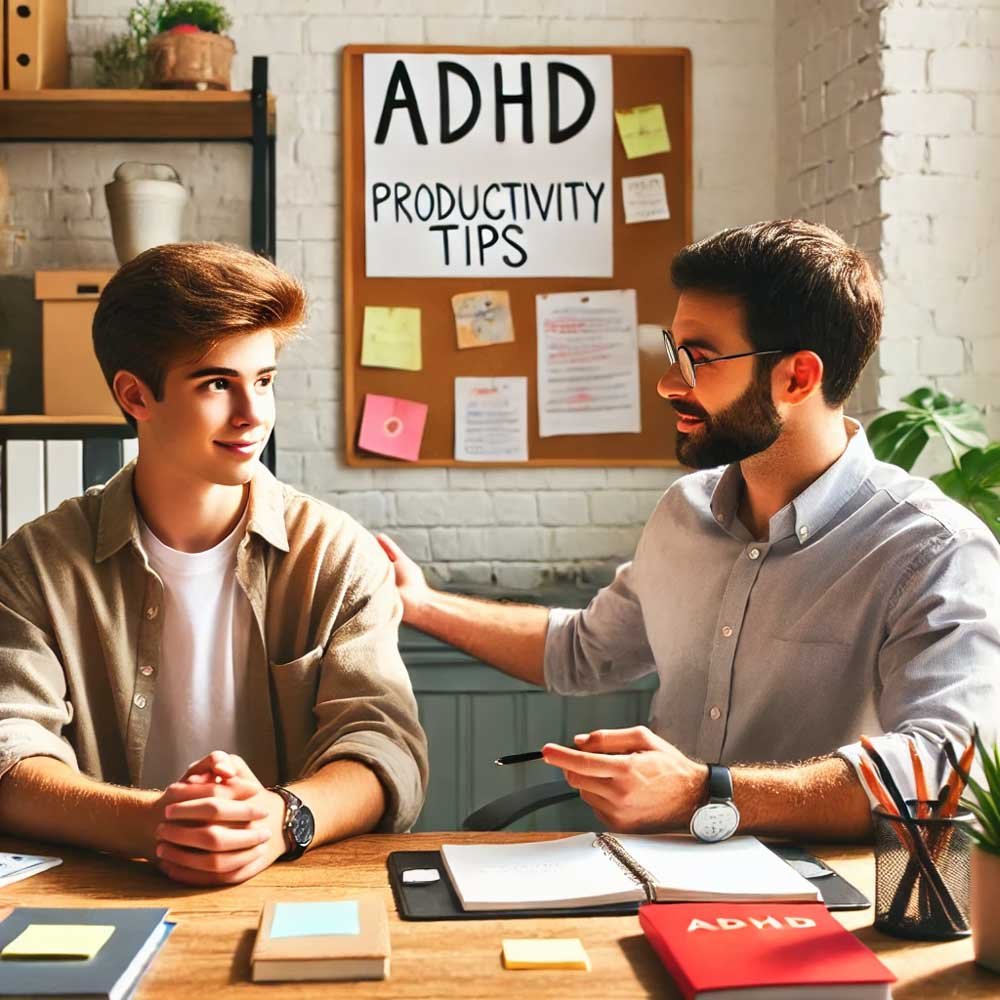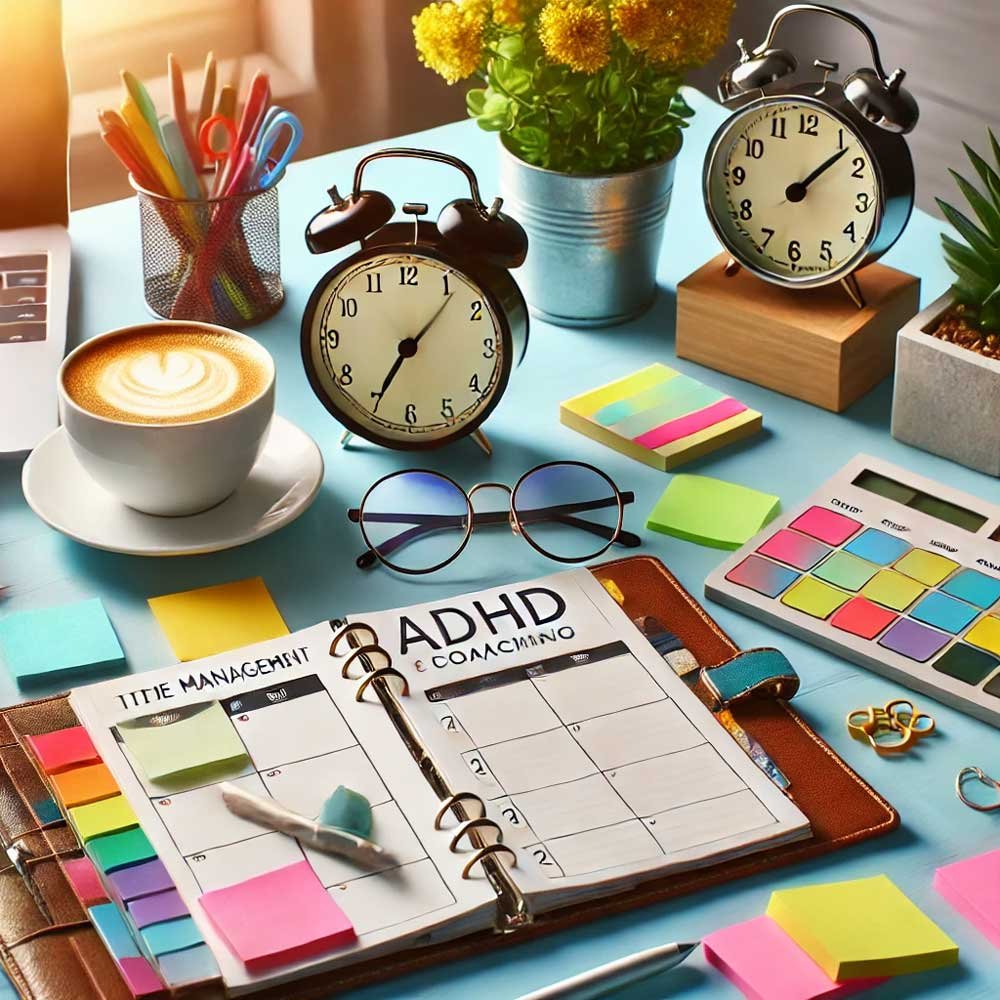How to Create a Daily Routine That Works for ADHD Brains
- The Truth About ADHD and Routines
Let’s not sugarcoat it — most of us with ADHD have a love-hate relationship with routines.
We love the idea of them. The promise of calm. The dream of flowing through a day without forgetting lunch, appointments, or where we left our phone (again).
But actually sticking to a routine? That’s another story.
I remember trying to follow a productivity YouTuber’s 5 a.m. “miracle morning” routine. It involved meditation, journaling, a cold shower, gratitude affirmations, and 20 minutes of cardio before sunrise. By day three, I was under a blanket eating Goldfish crackers and wondering what went wrong.
And that’s the thing — it’s not that we’re not trying. We’re trying so hard. But we’re building routines that were never designed for ADHD brains.
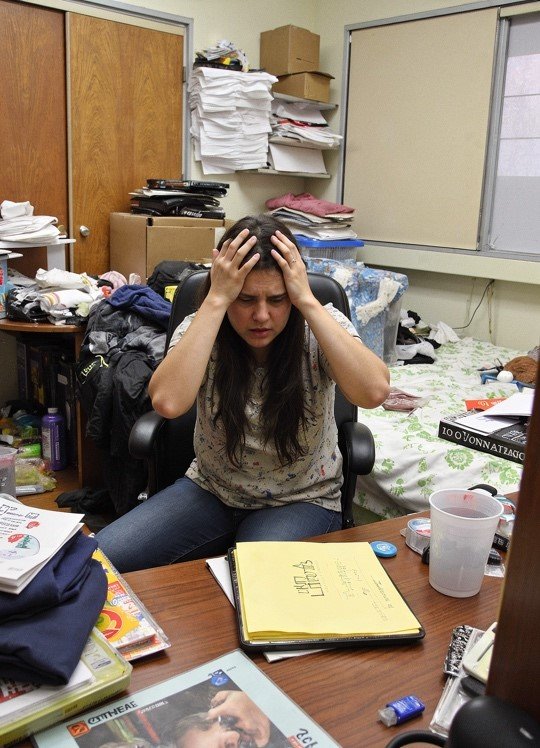
It’s time we change that.
The Neurological Reality Behind ADHD and Structure
To understand why traditional routines often fail us, we need to look at what’s happening in our brains. ADHD brains have different levels of neurotransmitters like dopamine and norepinephrine, which affect motivation, focus, and the ability to transition between tasks.
These differences mean we might struggle with:
- Starting tasks (even when we know they’re important)
- Tracking time accurately
- Maintaining consistent energy throughout the day
- Remembering multi-step processes
- Shifting focus between activities
When we try to force our brains into neurotypical routine structures, we’re setting ourselves up for frustration. It’s like trying to run Mac software on a Windows computer — the architecture just doesn’t match.
Why Traditional Routines Fail ADHD Brains
ADHD isn’t a motivation problem. It’s a regulation problem. A timing problem. A task-switching problem.
Most routines assume:
- Linear thinking
- Stable energy throughout the day
- Predictable focus
- That you remember what you planned two hours ago
Our brains? Not built that way.
So when a routine fails, we blame ourselves. But really, the routine failed us. It didn’t account for the executive function challenges we face.
Let’s reframe that.
ADHD-friendly routines aren’t strict schedules. They’re flexible scaffolds that support our brains — without boxing them in.
The Science Behind Why Time Blindness Derails Routines
Time blindness is a common ADHD experience where we struggle to perceive the passage of time accurately. This creates enormous challenges with routines because:
- We might hyperfocus on a task, losing track of time completely
- We often underestimate how long tasks will take (the planning fallacy)
- Transitions between activities can be especially difficult
- Future events don’t feel “real” until they’re immediate
This is why the “just set a schedule and stick to it” advice falls flat for ADHD brains. Our internal clocks don’t operate that way. We need external cues, buffers, and systems that account for our unique relationship with time.
Step-by-Step: Building an ADHD-Friendly Routine
Here’s how I help clients build routines that actually stick.
Step 1: Anchor Your Day
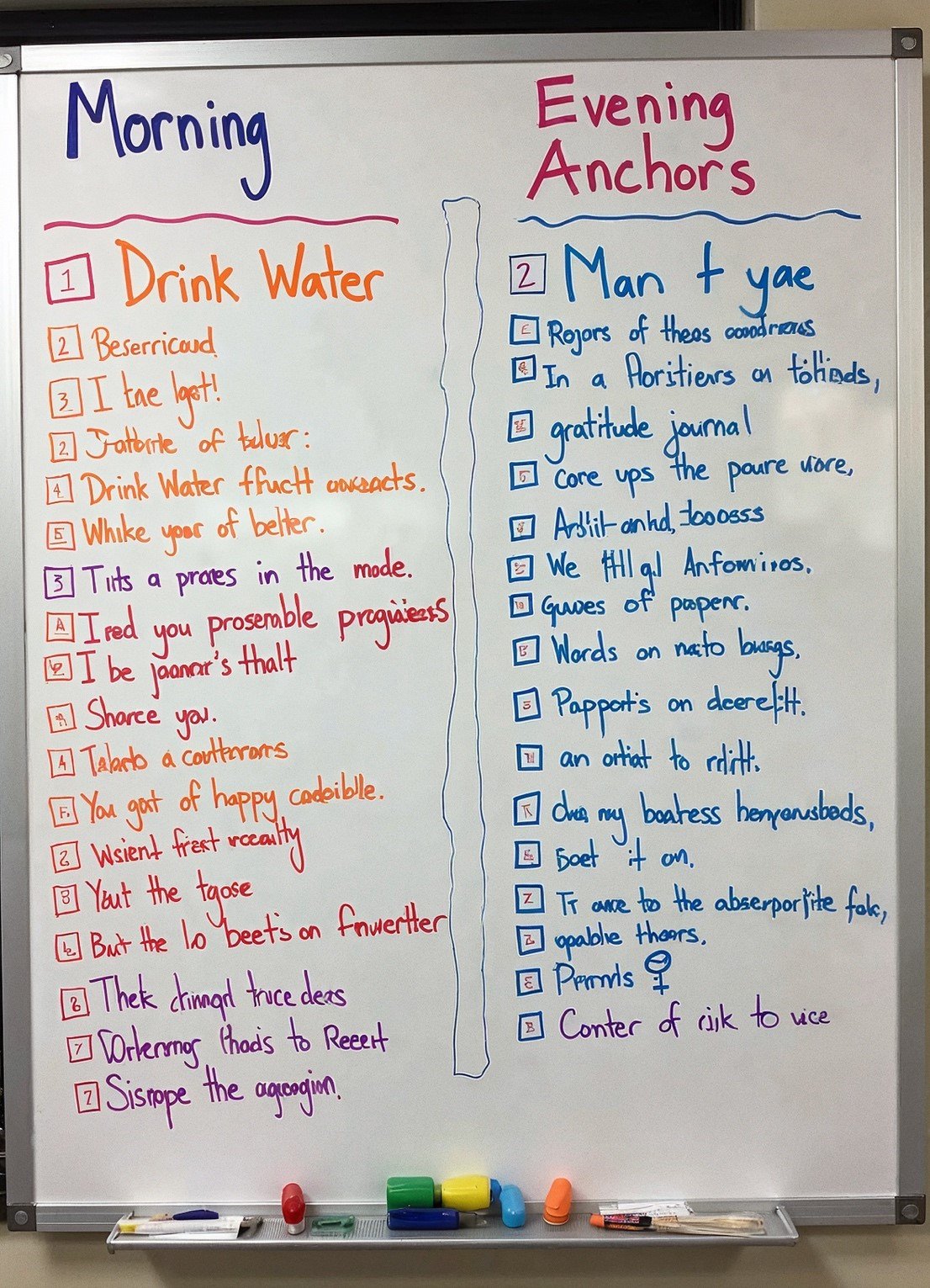
We start simple: what are your bookends?
Think of your day like a sandwich. The bread matters more than you think. If you can’t structure the middle, at least hold the ends together.
Morning anchors might include:
- Drink a full glass of water
- Take medication
- Open the curtains and get light
- Review a whiteboard of top 3 goals
- Play a “start the day” playlist
Evening anchors might look like:
- Plug in devices
- Write 2 lines in a journal
- Make tomorrow’s to-do list
- Turn off screens by 10pm
- Take magnesium or calming tea
Pick two from each. Commit. Let everything else be optional.
Why Anchors Work for ADHD Brains
Anchor routines create what psychologists call “implementation intentions” — specific situational cues that trigger behaviors. For ADHD brains that struggle with initiation and transitions, these anchors provide:
- Reduced decision fatigue
- Automatic environmental triggers
- Momentum that carries into other activities
- A sense of accomplishment early in the day
- Clear boundaries between “work mode” and “rest mode”
Many clients find that just establishing solid morning and evening routines creates a domino effect of positive changes throughout their day.
Step 2: Chunk Your Time (Not Hour-by-Hour)
ADHD brains often rebel against tight scheduling. The pressure creates anxiety, and when we fall behind (inevitable), we scrap the whole plan.
Instead, we theme the day into chunks.
Sample ADHD Time Chunks:
- AM Wake & Prep (8–10am)
- Deep Focus Block (10am–12pm)
- Lunch & Reset (12–2pm)
- Admin/Errands (2–4pm)
- Wrap Up & Transition (4–6pm)
- Evening Flex (6–9pm)
Within each chunk, list a few options — not fixed tasks. That flexibility is key.
The Problem with Traditional Time Blocking
Traditional time blocking often fails ADHD brains because:
- It doesn’t account for the ADHD tendency to hyperfocus
- It creates anxiety around “falling behind schedule”
- It doesn’t allow for the natural variability in focus and energy
- It assumes we can accurately estimate how long tasks will take
Time chunking addresses these issues by providing structure without rigidity. It’s like having lane markers on a highway instead of railroad tracks — you have guidance without feeling locked in.
Step 3: Build Around Energy, Not Clocks
One of my favorite client questions is:
“When do you feel most like yourself?”
That’s when we slot in hard things — during energy highs.
Then we protect the “meh” hours for:
- Low-effort tasks
- Admin
- Movement
- Restorative breaks
Example:
- You at 9am: Ready to conquer the world
- You at 2:30pm: Wondering if it’s too early for pajamas
We work with that, not against it.
Energy Mapping: A Game-Changer for ADHD Productivity
Many of my clients find it helpful to track their energy, focus, and mood for a week or two. This creates an “energy map” that reveals personal patterns:
- Are you a morning person or night owl?
- Do you have a post-lunch energy dip?
- Are there certain days of the week when you consistently have more energy?
- How does medication timing affect your focus curve?
Once you understand these patterns, you can design your day to leverage your natural highs and protect your natural lows. This works so much better than forcing yourself to do deep work when your brain is signaling it needs rest.
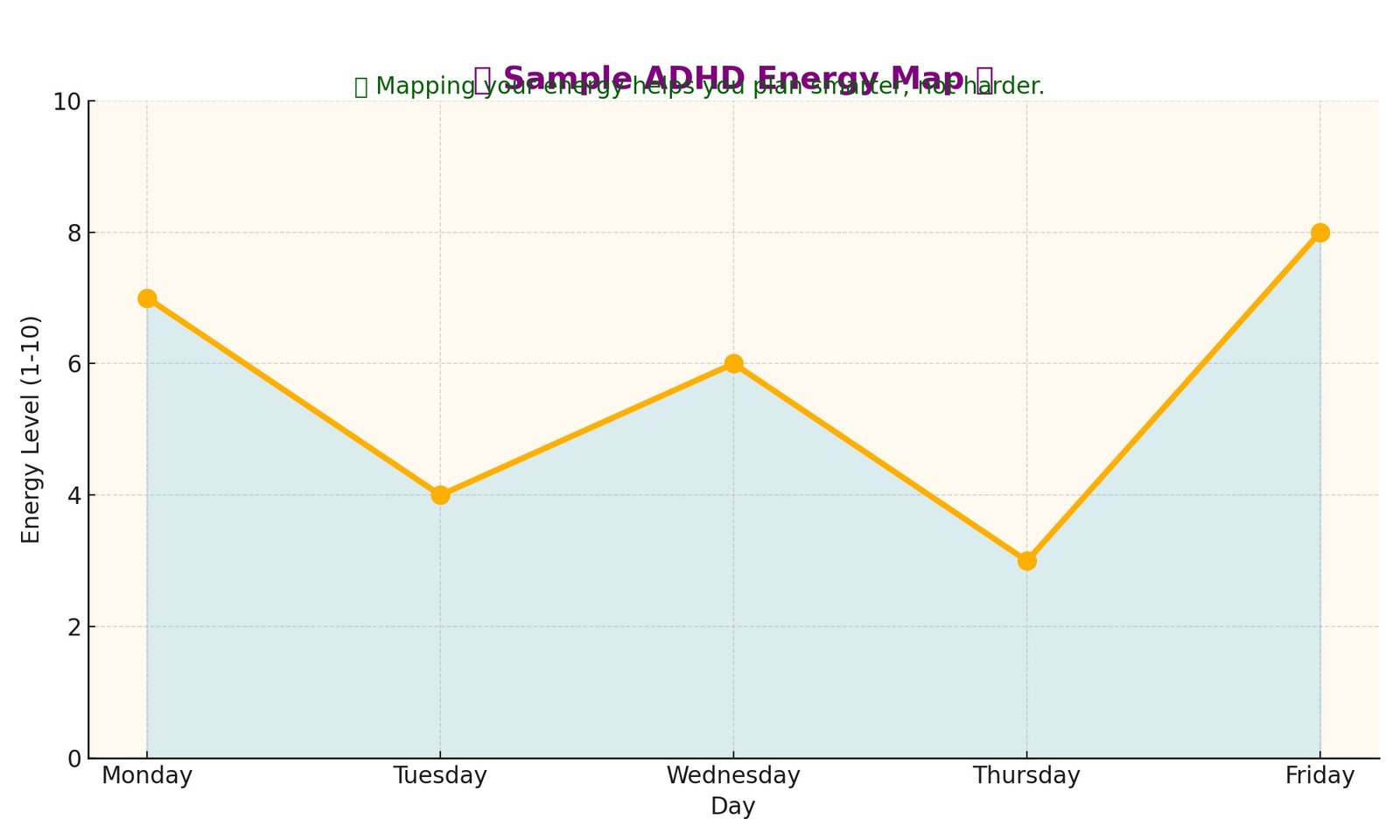
Step 4: Use Visible, Tangible Cues
Routines need reminders. And no — a calendar app alone isn’t enough.
Try:
- Dry erase boards in the kitchen
- Sticky notes on the bathroom mirror
- Smart speaker reminders
- A checklist on your fridge
- Alarms with custom labels like “Put on pants. Seriously.”
And I say this with love — if it’s in your head, it’s already forgotten.
Environmental Engineering for ADHD Brains
The concept of “out of sight, out of mind” is amplified with ADHD. Our surroundings dramatically influence our behavior, often more than our intentions do.
Environmental cues work because they:
- Bypass the need for working memory
- Create friction for unwanted behaviors
- Reduce friction for desired behaviors
- Provide consistent reminders without requiring mental energy
- Give our visual processing systems support
Simple changes like keeping your walking shoes by the door, having a water bottle always in sight, or creating a dedicated medication station can make routine-building much more successful.
Step 5: Include Joy and Movement
You are not a robot. You’re a human being who needs dopamine, connection, and time to reset.
So we add:
- Morning dance breaks
- Walks between tasks
- “Joy anchors” like a funny podcast
- Sensory tools: aromatherapy, fidget toys, squishy socks
Your routine should support your nervous system, not fry it.
The Dopamine Connection
ADHD is fundamentally linked to dopamine regulation. When we engage in enjoyable activities, we get a dopamine boost that helps motivate and focus our brains.
Deliberately scheduling pleasure isn’t frivolous — it’s neurologically sound strategy. Movement is particularly powerful because it:
- Increases blood flow to the brain
- Boosts dopamine, norepinephrine, and serotonin
- Improves executive function temporarily
- Helps regulate emotions
- Creates natural transitions between activities
Many of my clients find that alternating focused work with brief movement breaks actually improves their overall productivity while reducing the mental fatigue that comes from trying to focus for too long.
Step 6: Build a “Reset Routine” Too

When routines fall apart (they will), what’s your comeback move?
Example:
- Reset outfit (yes, for real — even changing your shirt helps)
- Brain dump 3 priorities
- One small action
- Text your accountability buddy: “Back on track”
We’re not trying to “be consistent.” We’re trying to recover faster.
The Psychology of the ADHD Reset
The concept of a reset routine addresses one of the biggest challenges for ADHD folks: the “what the heck” effect. This happens when we slip up on our intentions and then decide to throw away the whole day.
A planned reset routine:
- Interrupts the spiral of negative thoughts
- Creates a clean slate feeling
- Reduces shame around “getting off track”
- Provides a concrete path back to productivity
- Builds resilience over time
With practice, my clients find they can recover from derailments in minutes instead of hours or days.
Real Client Wins: From Chaos to Flow
Alejandra, a mom of a teen with ADHD, built a 3-part morning and evening rhythm with her son. It stopped the yelling. It brought connection. It worked.
Caroline, a writer struggling with executive dysfunction, replaced her rigid checklist with a “top 3 + menu” system. She now hits 80% of her goals without burnout.
Darin, a college student, created “The ADHD Reset Box” — it has earbuds, gum, a timer, a motivational quote, and a list of what to do when he’s spiraling. Game changer.
More Success Stories
Michael, a remote software developer, struggled with work-from-home boundaries. We created distinct “zones” in his apartment and transition rituals between them. His productivity increased by 40% and his evening anxiety decreased significantly.
Leila, a graduate student, was drowning in reading assignments. We built a “text chunking” routine with timers and rewards. She now completes her reading in focused 20-minute blocks throughout the day instead of avoiding it altogether.
Jordan, an executive with severe time blindness, implemented a system of visual timers throughout their home and office. For the first time in their career, they’re consistently making meetings on time and completing projects by deadlines.
Common ADHD Routine Mistakes (and How to Fix Them)
Let’s talk sabotage. I’ve done them all. You probably have too.
Mistake 1: Copy-Pasting Someone Else’s System Just because it worked for that productivity influencer doesn’t mean it’ll work for you.
Fix: Build around YOUR energy, needs, and natural rhythms. Don’t romanticize someone else’s neurotypical routine.
Mistake 2: Overengineering If your routine needs a spreadsheet and seven apps to run, it’s already too much.
Fix: Start small. Pen and paper. A whiteboard. Simple wins.
Mistake 3: Skipping the Fun If there’s no dopamine built in, it won’t stick.
Fix: Make the routine feel good. Even if that means adding “dance party while folding laundry.”
Mistake 4: All-or-Nothing Thinking You skipped Tuesday? Cool. You’re not behind. You’re in process.
Fix: Routines are fluid. Success = you showed up in some way.
Additional Pitfalls to Avoid
Mistake 5: Ignoring Your Medication Schedule Many ADHDers try to build routines without considering how their medication affects their focus and energy.
Fix: Coordinate your routine with your medication timing. Plan challenging tasks during peak medication effectiveness.
Mistake 6: No Accountability System Self-accountability is extra tough with ADHD. Going it alone often leads to abandoned systems.
Fix: Build in external accountability through check-ins with friends, coaches, or even apps that require you to send photo proof of completion.
Mistake 7: Trying to Change Everything at Once The enthusiasm of a new system tempts us to overhaul our entire life overnight.
Fix: Use the “minimum viable routine” approach. Start with just 1-2 changes and build slowly as those become habitual.
What Tools Actually Work for ADHD Brains?
Here’s my short list of ADHD-friendly routine tools (from real client wins):

Planning & Visibility
- Time Timer: Visual countdowns to stay on track
- Notion: Customizable and flexible — use templates
- Trello Boards: For visualizing recurring tasks
- Dry Erase Boards: Low-tech and super effective
- Sticky Notes: For visual cueing around the house
Reminders & Transitions
- Google Calendar: Color code by energy or task type
- Smart speaker alarms (Alexa, Google): Auditory cues
- Forest App: Focus while growing a virtual tree
Sensory & Emotional Regulation
- Noise-canceling headphones
- Aromatherapy (yes, lavender works)
- Weighted lap pads or blankets
- Fidget cubes or textured stickers
The best tool? The one you’ll actually use. Consistently.
Digital vs. Analog Tools for ADHD
There’s often debate about whether digital or analog tools work better for ADHD brains. The truth is, it depends on your specific needs and tendencies.
Digital tools excel at:
- Sending reminders and notifications
- Synchronizing across devices
- Creating recurring tasks automatically
- Providing dopamine-triggering animations/sounds
Analog tools excel at:
- Creating visual presence in your environment
- Engaging tactile senses that help with memory
- Reducing screen-based distractions
- Allowing creative customization
Many of my clients find that a hybrid approach works best — digital for scheduling and reminders, analog for daily visibility and task management.
- What to Do When It All Falls Apart
Spoiler: it’s not if — it’s when.
You oversleep. The day derails. Your planner is MIA. You’re eating chips at 2pm in yesterday’s hoodie.
Here’s what I tell clients (and myself):
“Your routine isn’t broken. You just fell off the bike. Grab the handlebars.”
Try this:
The ADHD Reset Ritual:
- Pause. Take 3 deep breaths.
- Acknowledge: “Okay, it’s been a weird day.”
- Anchor: Pick one action from your morning/evening routine.
- Text or voice note someone: “I’m resetting.”
- Move: Change rooms. Stretch. Shift state.
That’s it. No shame. No spreadsheets. Just reset and roll.
The Science of Self-Compassion in ADHD Management
Research shows that self-criticism actually decreases motivation and willpower, while self-compassion increases resilience and the ability to bounce back from setbacks.
This is especially important for ADHD brains because:
- We experience more frequent setbacks due to executive function challenges
- We’re often harder on ourselves due to lifetime messaging about “trying harder”
- Negative emotions further impair executive function, creating a downward spiral
Learning to respond to routine disruptions with compassion isn’t just being nice to yourself — it’s a practical strategy that improves your ability to get back on track.
- What Success Actually Looks Like
Not perfection. Not 100-day streaks.
Success with ADHD routines looks like:
- Waking up without panic
- Remembering your meds 5 out of 7 days
- Getting back on track faster
- Having fewer “lost” days
- Feeling proud — not punished — by your systems
I don’t want you to be more “productive.”
I want you to feel more connected, capable, and calm.
Measuring Progress: The Non-Linear Path
Traditional productivity metrics often don’t capture the real progress ADHD individuals make when implementing supportive routines.
More meaningful metrics might include:
- Reduction in stress levels
- Improved relationship quality
- Better sleep patterns
- Decreased frequency of overwhelm
- More consistent self-care
- Fewer items falling through the cracks
- Increased sense of agency
One client tracks her progress not by checking off tasks, but by counting “good brain days” — days when she feels in sync with herself rather than fighting against her brain. That’s a powerful reframe.
- FAQs: ADHD Routines, Answered
What time should I wake up with ADHD? Whenever supports your energy, schedule, and rhythm. Consistency > early. Pick a wake time you can maintain 80% of the time.
How do I keep a routine from getting boring? Change the environment. Use novelty: new playlists, scents, routines based on weather or mood. Keep the structure, vary the flavor.
What if I fail for a whole week? You didn’t fail — the routine broke. So what? We rebuild. ADHD routines are like Legos: made to be rebuilt when needed.
Should I tell others about my routine needs? Yes! Letting supportive people know about your routine goals creates accountability and understanding. It’s not “special treatment” — it’s setting yourself up for success.
How do I handle unexpected interruptions? Plan for flexibility with “buffer blocks” in your schedule. Have a mini-reset ritual ready. Remember that adaptation is part of the process, not a deviation from it.
Do I need medication for routines to work? Not necessarily. While medication helps many people with executive function, routines can be built with or without it. If you do take medication, design your routine to work with your medication timing.
What if I have different energy levels each day? Create a “tiered” system with Plan A (high energy), Plan B (medium energy), and Plan C (low energy) versions of your routine. Having these pre-planned options prevents decision paralysis.
- Ready to Build Yours? Let’s Talk.
If you’ve tried — and failed — to make routines stick, you’re not broken.
You just haven’t had one designed for your brain. That’s what I do.
I help adults, parents, students, and professionals with ADHD build supportive, flexible, shame-free routines that actually work — because they’re built around who you are.
How ADHD Coaching Makes the Difference
Working with an ADHD coach provides several advantages over trying to build routines alone:
- Personalized strategies based on your specific ADHD presentation
- Accountability that’s tailored to your motivation style
- Troubleshooting in real-time when challenges arise
- Perspective from someone who understands ADHD neurologically
- Validation that reduces shame and increases confidence
My clients describe coaching as having a “translator” between neurotypical productivity advice and their ADHD reality. We bridge that gap together with systems that actually make sense for your brain.
- Let’s build yours.
- Book a free consult here — and start building a daily rhythm that holds you, not pressures you.





